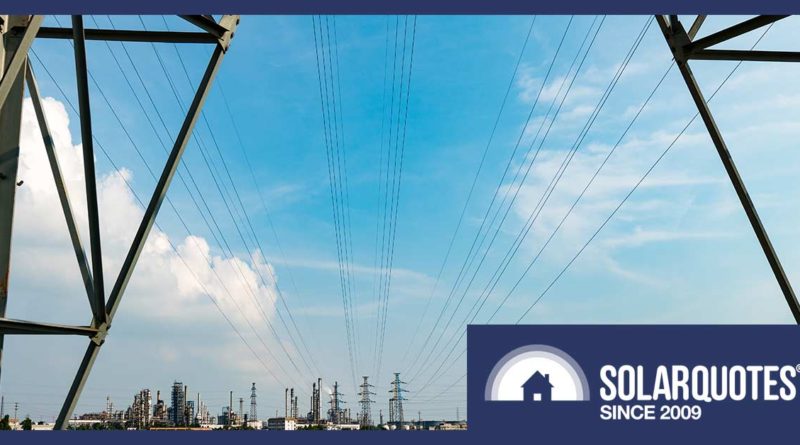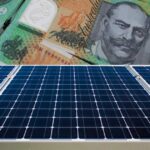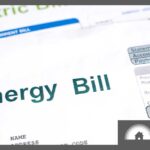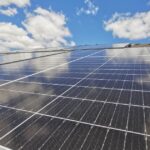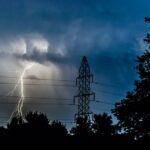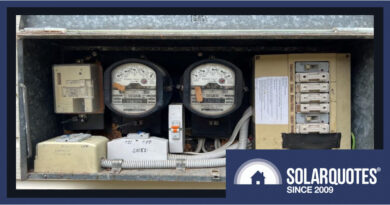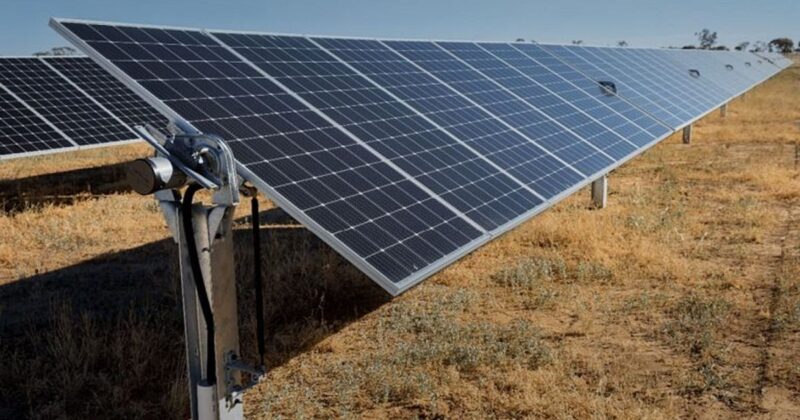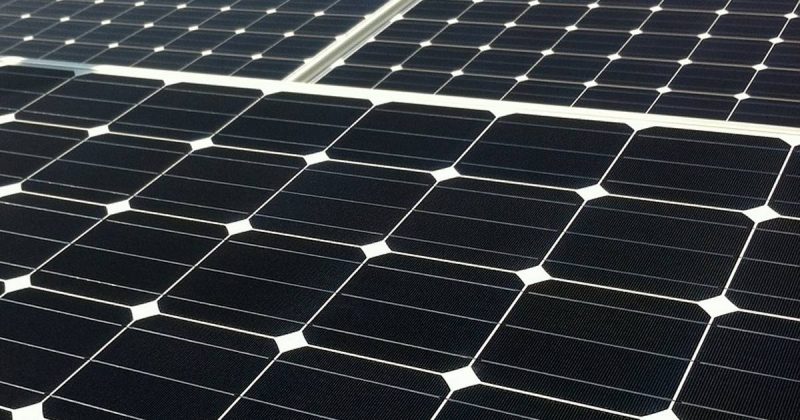July Electricity Price Hikes: Up Everywhere But VIC & ACT — Solar Feed-in Tariffs From +41% To -23%
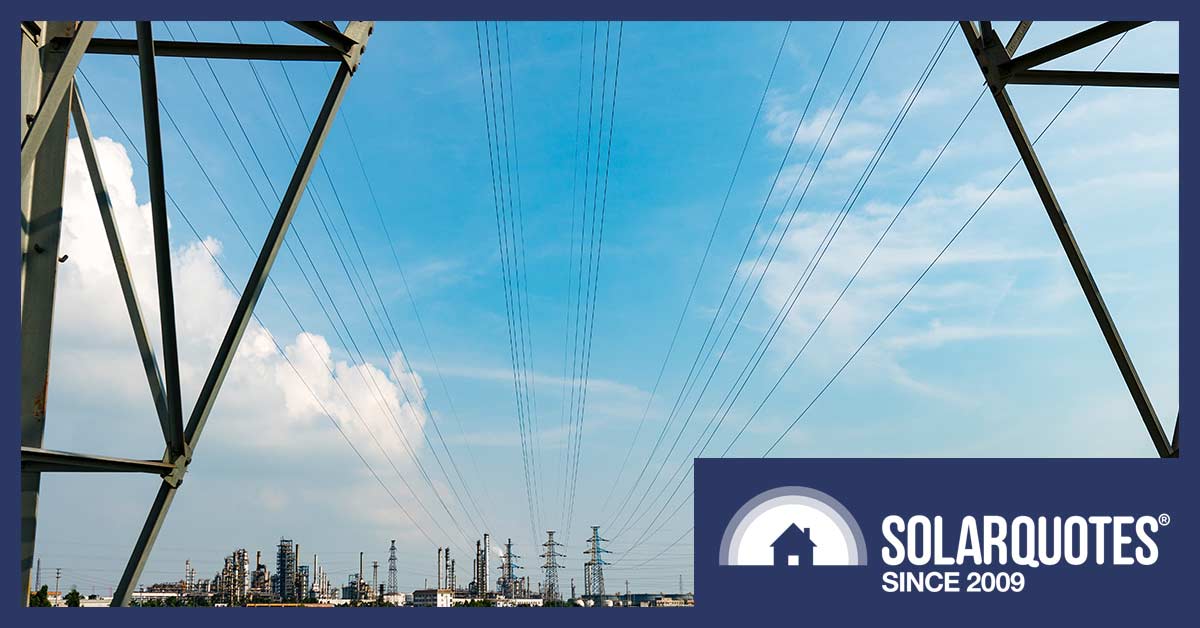

Most Australians were hit with an electricity price increase in July. The exceptions were the ACT, which had a slight decrease, and Victoria whose electricity prices change now in August.
Update August 1st 1:15 pm: I originally wrote that Victorian electricity prices change at the start of the year, but astute commenters have pointed out they now change is August. I have corrected the article.
The good news is, for many, solar feed-in tariffs rose — or at least they should have. Unfortunately, in areas where electricity retailers are not required to pass on increases in the value of daytime electricity through higher feed-in tariffs, Australia’s largest electricity retailers decided not to. In these locations, it will be necessary to shop around for the retail plan that provides the best combination of feed-in tariff and electricity prices.
Any solar household with Australia’s three largest electricity retailers — Origin, AGL, and EnergyAustralia — should shop around to see if they can find a better deal.
In this article, I will tell you…
- How much electricity prices increased in each state and territory in July and Victoria in August…
- How much solar feed-in tariffs have increased — or decreased in the case of Victoria and Western Australia.
This article is not about finding the lowest cost electricity plan, although I have already dropped a hint about some large retailers you may want to avoid.
If you just want the numbers – here they are:
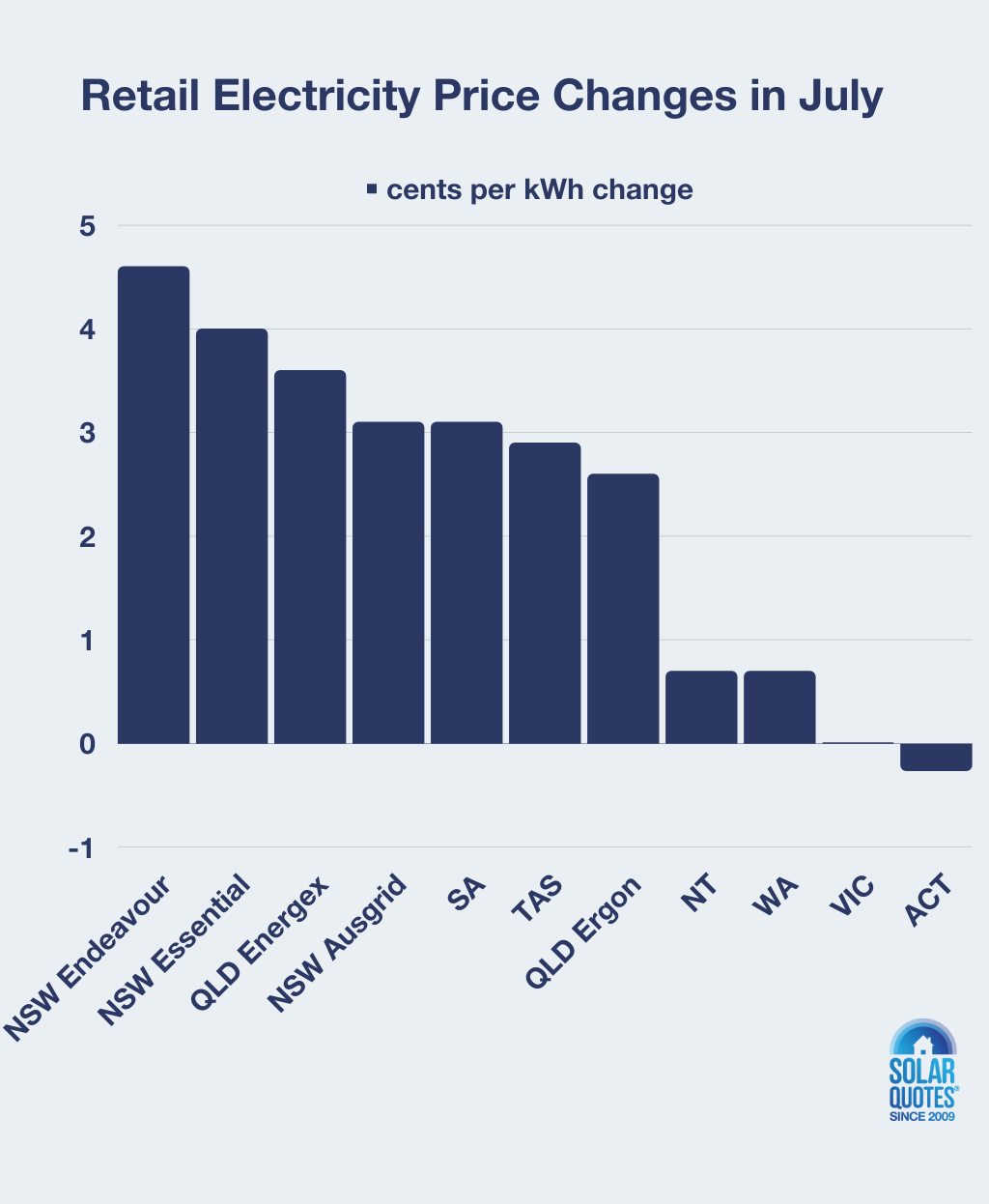
In Victoria there should have been little or no overall change, but depending on area and retailer many Victorians are receiving electricity bill increases form August 1st.
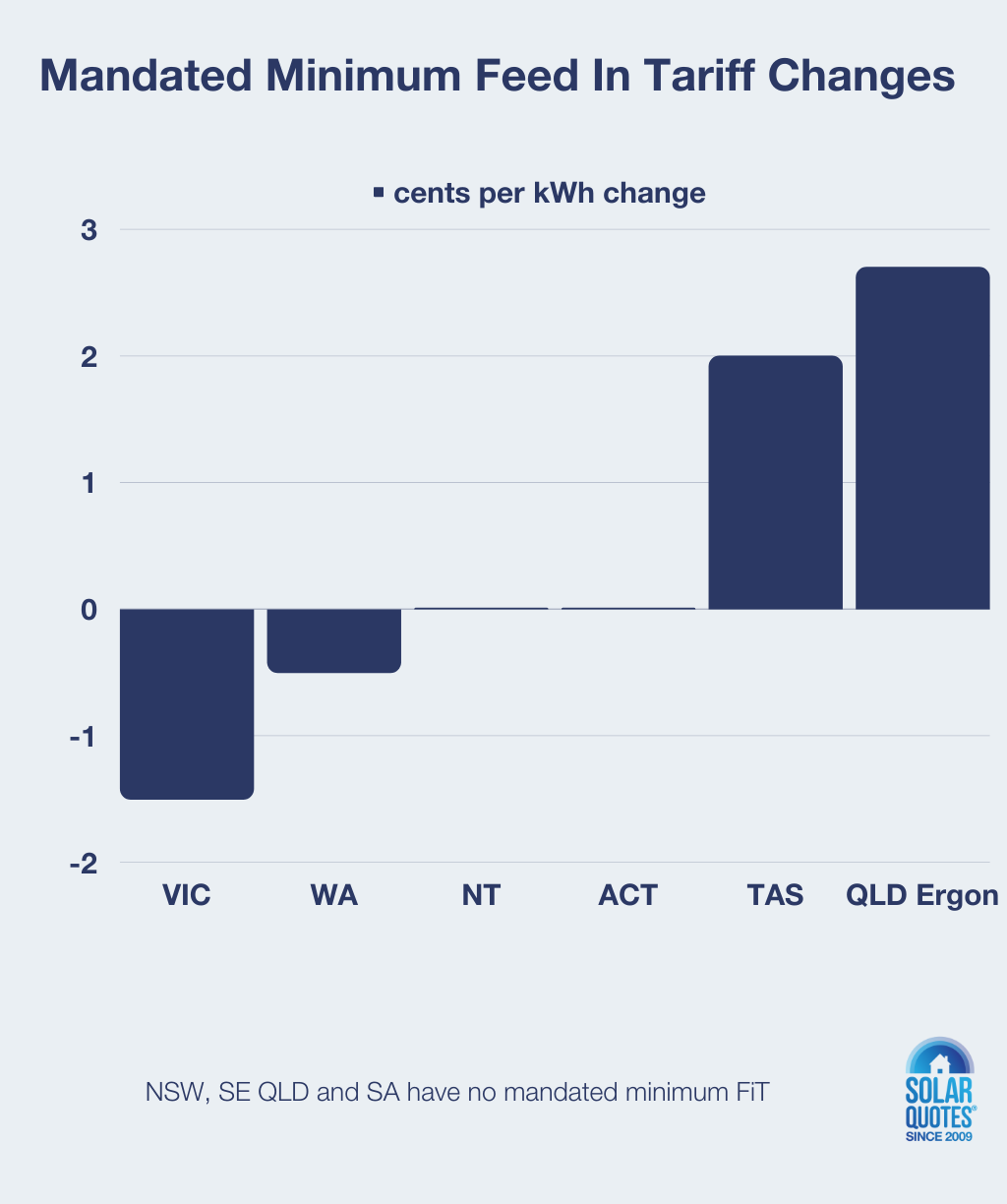
While WA’s feed-in tariff is unchanged from 3pm-9pm, for the rest of the time — which is when most solar energy will be produced — it’s down half a cent from 3 to 2.5 cents.
Why Are Electricity Prices So Damned High?
There are three main reasons electricity prices have risen. One is reasonable, another is aggressively unreasonable, while the final one is stupid but an inevitable result of the way our electricity sector currently works:
- The economy was stronger over the past financial year, which increased electricity demand and increased prices.
- Russia invaded Ukraine, which drove international gas, coal, and oil prices through the roof1.
- Thanks to their decrepit state, coal power stations keep breaking down or being closed for unscheduled maintenance. The most egregious example is a turbine at Queensland’s black coal Callide Power Station that decided to end it all and go out with a bang.
Also, in addition to reasons 1, 2, and 3 — there is also the zeroth reason. The system we have in place allows these costs to be passed on to households, including price increases resulting from a lack of competition, collusion, and gaming the market rules.
While I think it’s (probably) a good thing we make people pay for the grid electricity they use, we shouldn’t forget the way we make them pay is a choice. Other countries do it differently and we used to do it differently ourselves. We do have the option of changing the way the system works and shouldn’t resign ourselves to tolerating evil — even low-grade evil — in the electricity sector.
Unfortunately, we’re on track for even higher electricity prices next financial year. The increases that occurred in July were mostly decided in May. Wholesale electricity prices — what generators are paid for supplying electricity — were up at the start of the calendar year, but they began to soar in April and have been up in the stratosphere for the past three months. If this continues for much longer, we’ll suffer even larger increases next financial year.
I’m happy to call what’s happening with wholesale electricity prices an emergency, but our governments don’t appear to be acting with alacrity2 on the issue.
State Order
Normally, I’d go through the states and territories alphabetically, based on either state or capital names. This is to disguise the fact the best Australian state is the one I happen to be in at any particular time.
I’m not saying I’m that good. I’m just saying my optimism is inversely proportional to the square of the distance.
But this time, I’ll put the often neglected Western Australia first.
I’ll put the even more neglected Northern Territory second, but they deserve to be neglected because they’re so tiny.
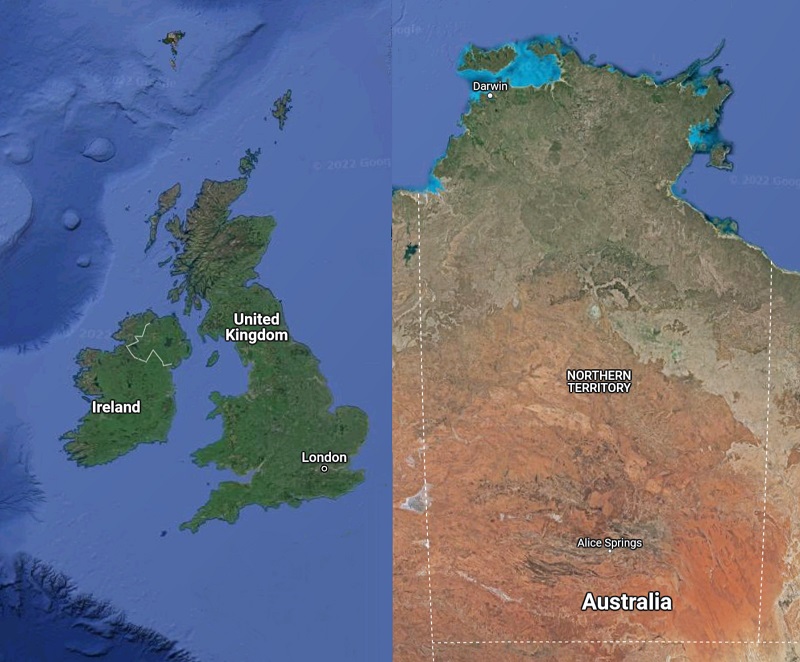
Hardly worth a mention…
WA — Little Change
There has been little change in WA electricity prices. In the Synergy area that has the bulk of the state’s population…
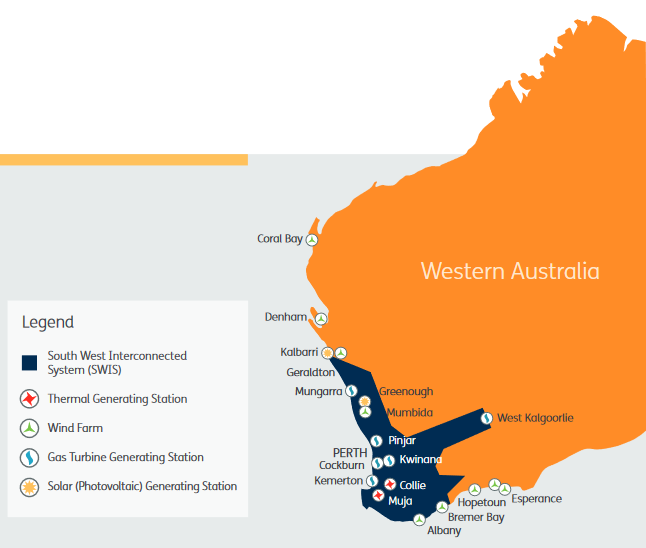
Most Westies dwell within Synergy’s dark blob…
…the electricity price increase has been 0.7 cents per kilowatt-hour.
- Synergy A1 flat tariff before July 1st 2022: 29.33 cents per kWh plus a $1.05 daily supply charge
- Synergy A1 flat tariff from July 1st 2022: 30.06 cents per kWh plus a $1.08 daily supply charge
This was a 2.5% increase in the per kilowatt-hour and daily supply charges. The Synergy time-of-use tariff also received a 2.5% increase across the board. As inflation last financial year was 4.4%3, this means electricity prices have slightly decreased in real terms in WA. Because Western Australians have regularly been screwed over with electricity price increases as the state struggles to pay off debts incurred propping up coal generation, we should all take a moment to appreciate this near miracle. Then we should all immediately weep at what they have done to their solar feed-in tariff.
While the feed-in tariff for electricity exported to the grid from solar panels or batteries from 3 pm to 9 pm remains at 10 cents per kilowatt-hour, at all other times it’s only 2.5 cents instead of the 3 cents it was before July 1st. Cutting solar feed-in tariffs now is blatantly unfair and nuttier than a lumpy chocolate bar stuffed in a squirrel’s larder, given each kilowatt-hour WA doesn’t generate from natural gas frees up around 40 cents worth of gas for export at current international prices. If WA wants to earn money, it should promote rooftop solar rather than stiffing households on feed-in tariffs.
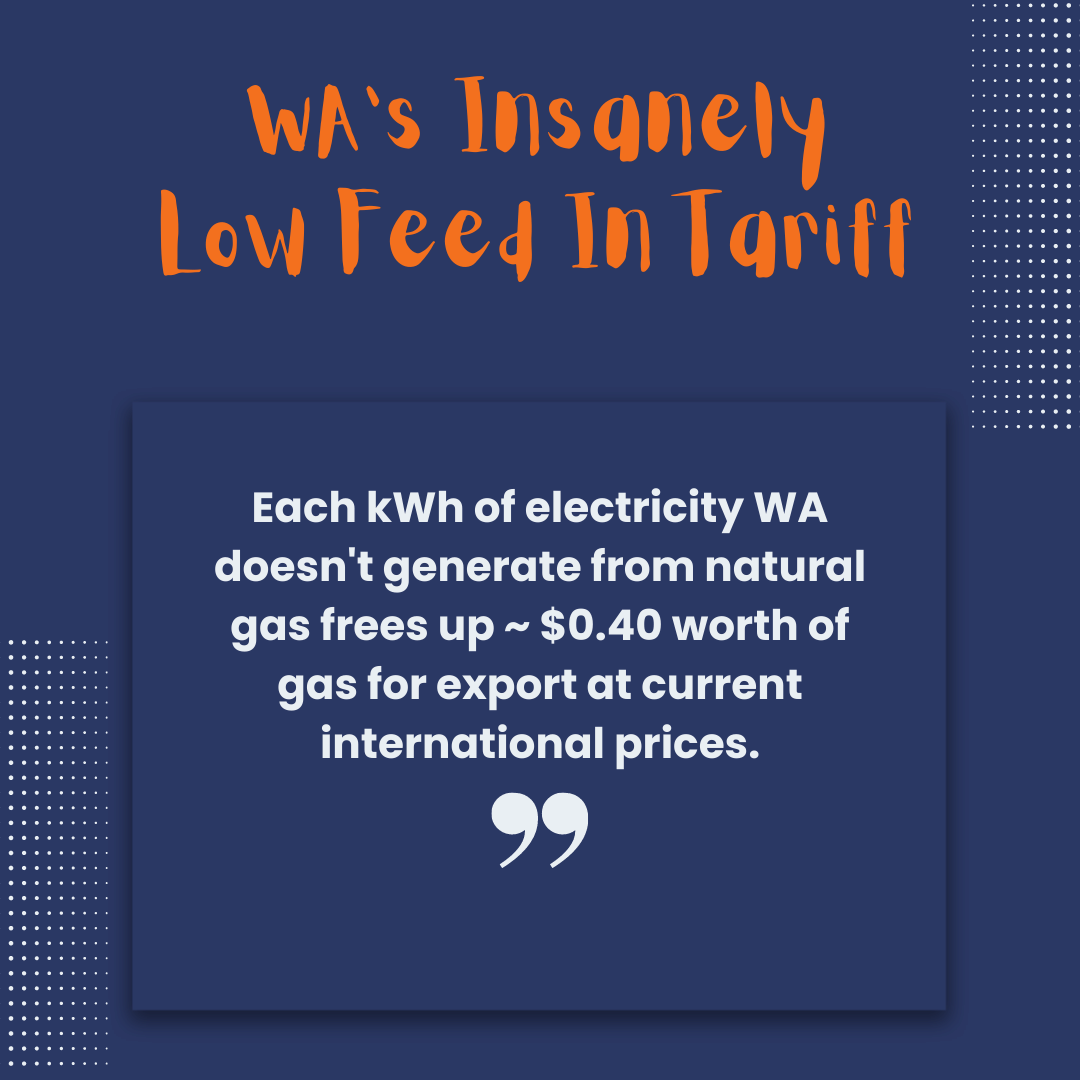

Homes with the older REBS feed-in tariff will continue to receive 7.1 cents per kilowatt-hour. The cut is only for those with DEBS, which applied to new solar installed from August 31st 2020. These people are being punished at a time when their state is benefiting enormously from the clean energy they provide.
NT — Little Change
In the Northern Territory, the flat rate paid by most households increased by 0.7 cents, while the daily supply charge increased by 1.5 cents.
- NT before July 1st 2022: 26.65 cents per kWh plus 52.54 cents daily supply charge
- NT from July 1st 2022: 27.37 cents per kWh plus 53.96 cents daily supply charge
This is a 2.7% increase in the per kilowatt-hour and daily supply charges. This is less than inflation, making NT another place where there has been a decline in electricity prices in real terms.
There has been no change with the current feed-in tariff of 8.3 cents new solar receives in NT, but on July 1st the high premium tariff equal to the cost of grid electricity was removed from those who have had it for four years or more.
ACT — The Only Electricity Price Decrease
As stated here, residents of the ACT received an electricity price decrease on July 1st that will lower their electricity bills by at least 1.25%.
While this only comes to a reduction of around 0.26 cents per kilowatt-hour, it’s impressive they had any reduction. This reduction is thanks to their 100% renewable electricity target, which has helped protect them against wholesale price increases. It also appears to have protected them against feed-in tariff increases, as I can’t find any mention of changes — either up or down.
TAS — Electricity Up 12% Feed-in Tariffs Up 30%
As mentioned here, Tasmania’s Aurora Energy had an 11.88% increase in standing offer prices on July 1st. This comes to a 2.9 cent increase per kilowatt-hour. Other retailers have had similar increases.
The regulated minimum solar feed-in tariff for Tasmania was 6.5 cents last financial year, but on Just 1st it was raised by 2 cents to 8.47 cents. A 30% increase.
QLD Ergon Area — Electricity Up 12% Feed-in Tariffs Up 41%
Electricity price increases have hit Queensland hard, and a considerable part of that was due to a turbine explosion at the Callide coal power station in May last year, causing a shock reduction in electricity supply.
But determining what has happened to average household electricity prices isn’t easy. This is because Queenslanders have electricity retailer choice and pick from a wide range of plans. But in the rural Ergon network area, while there is retailer choice, most homes have remained on Ergon tariffs. These are only supposed only change in line with the cost of supplying electricity, so their increases should reflect the average change for the state.
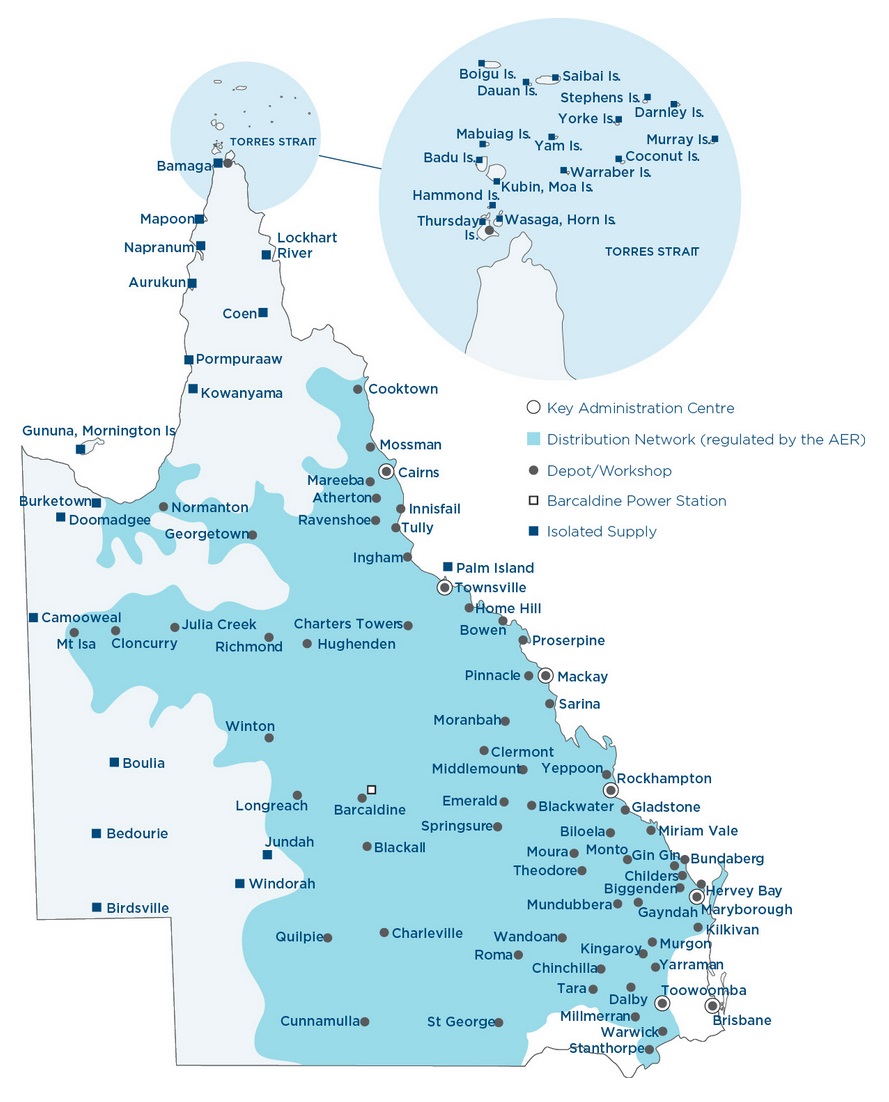
The Ergon network area is one of the largest blobs in the world.
Looking at Ergon’s flat tariff 11, the per kilowatt-hour charge has increased by 2.6 cents:
- Ergon area tariff 11 before July 1st 2022: 21.76 cents per kWh plus 97.23 cents daily supply charge
- Ergon area tariff 11 from July 1st 2022: 24.35 cents per kWh plus 99.45 cents daily supply charge
This is a 12% increase from last financial year for the per kilowatt-hour charge and a 2.3% increase in the supply charge. The 2.6 cent increase in the per kilowatt-hour charge is considerable, but not too bad, given the state’s average wholesale electricity spot price per kilowatt-hour in 2020/21 was 12.2 cents higher than in 2019/20.
Unfortunately, the increases for economy tariffs 31 and 33, which many Queenslanders use for their hot water systems, have been pushed even higher:
- Tariff 31 — supplied for a minimum of 8 hours a day — has increased by 2.9 cents and is now 17.3 cents per kilowatt-hour.
- Tariff 33 — supplied for a minimum of 18 hours a day — has increased by 3.4 cents and is now 19.1 cents per kilowatt-hour.
The solar feed-in tariff in the Ergon area has increased by 2.7 cents:
- Ergon area feed-in tariff 11 before July 1st 2022: 6.58 cents
- Ergon area feed-in tariff 11 from July 1st 2022: 9.3 cents
This is a 41% increase from last financial year.
Now I’ve gotten the tetchy little places out of the way, I can give information on Australia’s best state, which is South Australia on account of how I’m there. But first, I’d better cover a couple of places that I think are important simply because they have populations larger than Latvia.
Default Market Offers — SE QLD, NSW, & SA
For the rest of Australia — SE QLD, NSW, SA, and VIC — I can determine the average electricity price increase from their default market offers. The amount these have increased from last year reflects the increase in the cost of supplying electricity in those areas. Or at least they are supposed to. You can get more details in this difficult-to-read document.
There is no fixed solar feed-in tariff in these areas. Retailers can offer whatever they want, including nothing. Feed-in tariffs should be up because wholesale electricity costs during the day have increased, but retailers don’t have to pass this on. For each area, I checked if Australia’s three largest electricity retailers — Origin, AGL, and EnergyAustralia — increased their feed-in tariffs. None did for the plans I checked.
SE QLD — Electricity Up 11.5%
In South East Queensland’s Energex area, the default market offer is up around 3.6 cents per kilowatt-hour for the typical household. This is an increase of 11.5% and considerably more than the 2.6 cent increase in rural Queensland’s Ergon area.
Prices for controlled loads have increased by slightly more than 3.6 cents.
Looking at feed-in tariffs, I see that Origin’s Solar Boost and AGL’s Solar Saver plans have had no increase and are both 10 cents for the first 14 kilowatt-hours of solar electricity exported each day and 5 cents for the rest. (Yes, it is annoying that they have two rates. It’s also evil, as they intentionally make people’s lives worse by making their plans more confusing.)
EnergyAustralia offers a 6.6 cent feed-in tariff with no increase4.
Hopefully, you’ll find retailers that have increased their solar feed-in tariffs, but Australia’s three largest retailers have not passed on the extra value they have been receiving from household solar exports.
NSW — Electricity Up 8.5% to 14.5%
NSW has three distribution networks, Ausgrid, Endeavour, and Essential:
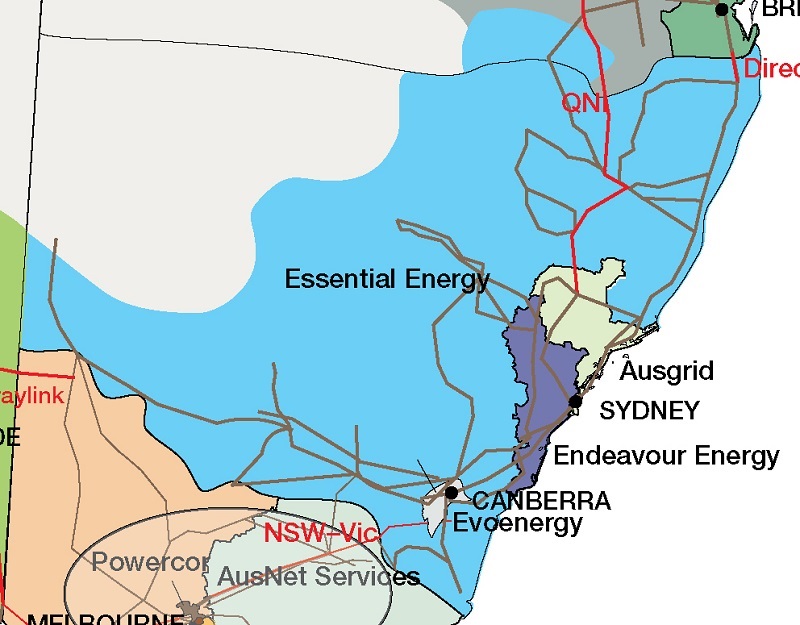
NSW’s three Distributed Network Service Providers. Note Essential’s blob is so large it even extends into Queensland. Also note, Queensland could not give a damn.
The figures given are for households with typical electricity consumption and applies to their general supply. The per kilowatt-hour figures include changes in daily supply charges. The changes in the default market offers for the three NSW distribution areas are:
Ausgrid: An 8.5% increase of 3.1 cents per kilowatt-hour.
Endeavour: A 14.5% increase of 4.6 cents per kilowatt-hour.
Essential: A 9.7% increase of 4 cents per kilowatt-hour.
Controlled loads: In the Essential area, the price of electricity for a controlled load — which is what many hot water systems use — will increase by just under the amount for normal household supply. But in the Ausgrid and Endeavour areas, the increase will be higher than for general supply, making homes with controlled loads even worse off.
Feed-in tariffs: Despite solar exports increasing in value, there has been no increase in solar feed-in tariffs offered by Origin, AGL, or EnergyAustralia.
SA — Electricity Price Up 7.2%
The default market offer in South Australia is up 3.1 cents. This is a 7.2% increase. Unfortunately, the price hike for controlled loads will be even greater.
Unlike in NSW, I found a change in solar feed-in tariffs. Origin decreased theirs:
- Origin’s Solar Boost plan lowered its feed-in tariff. It’s still 10 cents for the first 14 kilowatt-hours a day, but now 5 cents for the rest instead of 6 cents.
- AGL’s Solar Savers plan is still the same at 10 cents for the first 14 kilowatt-hours per day and 5 cents for the rest.
- EnergyAustralia’s feed-in tariff is unchanged at 6.6 cents. (Their Max Solar plan is unchanged at 10 cents, but typically only suitable for small systems. So it’s not really very “Max” is it?)
So in the face of rising daytime wholesale electricity prices, two of the big retailers have failed to raise their feed-in tariffs, and one has lowered them.
Victoria — Electricity Up 5% Minimum Feed-in Tariff Down 23%
Victorian electricity prices change at the start of August, rather than in July. (I originally wrote they change at the start of the calendar. Sorry about that.) It as been reported that Victoria’s default offer will increase by 5%, which is around a 1.1 cent increase per kilowatt-hour. But looking at the changes in the default offers for Victoria’s five electricity distribution areas, it’s more complex and the default offer increase for has been:
AusNet Services: An increase of 0.7 cents per kilowatt-hour and an extra 10 cents to the daily supply charge.
CitiPower: A decrease of 1.5 cents per kilowatt-hour and a decrease of 5 cents to the daily supply charge.
Jemena: A decrease of 1.7 cents per kilowatt-hour and an increase of 8.7 cents to the daily supply charge.
Powercor: A decrease of 0.7 cents per kilowatt-hour and an increase of 4.2 cents to the daily supply charge.
United Energy: A decrease of 1.1 cents per kilowatt-hour and an increase of 4.7 cents to the daily supply charge.
Households in the very small CitiPower are clearly better off and those in the AusNet Services area are clearly worse off, but for the rest it’s difficult to tell, as they have had decreases in per kilowatt-hour charges but increases in daily supply charges. But for a home that consumes 4,000 kilowatt-hours of grid electricity per year, the results are:
- Jemena: About $36 a year better off.
- Powercor: About $13 a year better off.
- United Energy: About $27 a year better off.
This means, overall, there should have been little change in what Victorians pay for electricity. But many Victorians have been hit with price increases today. If this applies to you, I suggest checking to see if you can get a better deal from another retailer — or the same one.
Feed-in Tariffs: Unfortunately, they received a cut in their minimum solar feed-in tariff. It went down 1.5 cents from 6.7 cents to 5.2 cents on July 1st. A 23% decrease.
Winners & Losers — But Mostly Losers
Here’s a summary of electricity price changes. This time I’ll go by state and territory in alphabetical order and give the changes in cents per kilowatt-hour for general supply.
- ACT: down around 0.26 cents
- NSW Ausgrid: up 3.1 cents
- NSW Endeavour: up 4.6 cents
- NSW Essential: up 4 cents
- NT: up 0.7 cents
- QLD Energex: up 3.6 cents
- QLD Ergon: up 2.6 cents
- SA: up 3.1 cents
- TAS: up 2.9 cents
- VIC: ~0 cents overall change
- WA: up 0.7 cents
The NSW Endeavour area has been hit hardest of all. WA and NT got off lightly, while the ACT came out ahead with a cut in electricity charges.
The cost of controlled loads — often used for hot water systems — has increased by more than the amounts above in the QLD Ergon area and the NSW Ausgrid and Endeavour areas.
Solar Feed-in Tariffs — Mostly Up
Changes in fixed and minimum solar feed-in tariffs have been:
- ACT: no change
- NT: no change
- QLD Ergon: up 2.7 cents
- TAS: up 2 cents
- VIC: down 1.5 cents.
- WA: From 9 pm to 3 pm — down 0.5 cents (For those receiving DEBS.)
In the three states without set or minimum feed-in tariffs — South East Queensland, NSW, and SA — solar feed-in tariffs should have increased because the cost of electricity during the day increased. But I’ve found no evidence of Australia’s three largest electricity retailers raising theirs. This does not mean no retailer has increased their feed-in tariffs, but you will need to look around to find the best deal for your situation.
Worse To Come
Unless the current wholesale electricity crisis is rapidly resolved, the rest of the country will be hit with another round of electricity price increases at the start of the next financial year.
This will also increase the value of solar electricity, but as large electricity retailers have reluctant to increase feed-in tariffs, this makes it even more important for many Australians to shop around for the best electricity plans.
(Finn tells me that our re-tooled electricity retailer comparison tool will be ready in mid-August – to help compare usage, feed-in-tariffs and daily charges.)
Footnotes
- Western Australia’s electricity prices were not affected by this, as a portion of their gas production is reserved for domestic use and so didn’t increase in price. Also, their coal is awful unexportable crud and not affected by international prices.
- When words like “alacrity” are used, it usually means someone is trying to call someone else a freaking moron, but in a classy way,
- The RBA figures here, plus the 6.1% figure for the June quarter, average to 4.4% inflation for the last financial year.
- EnergyAustralia has a Solar Max plan with a 10-cent feed-in tariff, but this has not increased and is generally useless for households with more than 5 kilowatts of solar panels. But if your solar self-consumption rate is high — possibly due to having a battery — you may find it worthwhile with a larger solar system.
Original Source: https://www.solarquotes.com.au/blog/july-electricity-price-hikes/

